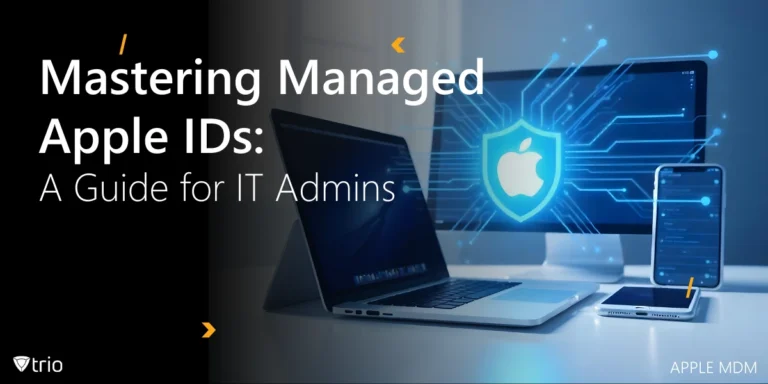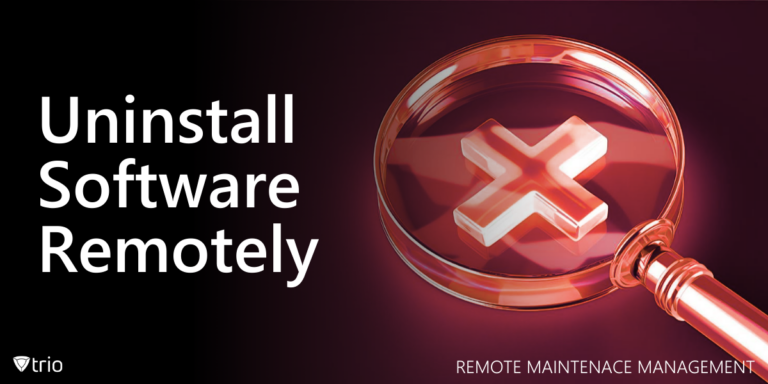Organizational transitions, whether they involve project handovers, role changes, or system migrations, can be complex and challenging. Proper planning and a structured approach are essential to ensure a smooth and successful transition. A Transition Plan Template is a valuable tool that helps organizations manage these transitions effectively. This blog post will guide you through creating a comprehensive Transition Plan Template that covers essential aspects like planning, communication, stakeholder involvement, risk management, and evaluation.
Why You Need a Template for Transition Management
Transitions often involve multiple stakeholders, significant changes, and the risk of disruption. Without a clear plan, these transitions can lead to confusion, delays, and even failure, not to mention the costs. For example, according to SHRM, “the total cost to hire a new employee can be three to four times the position’s salary”, especially if the previous employee’s experience isn’t handed over through a peaceful and proper employee transition plan. A Transition Plan Template provides a structured framework that ensures:
- Consistency: Standardized processes reduce the risk of oversight.
- Clarity: Clear roles, responsibilities, and timelines prevent miscommunication.
- Risk Management: Potential risks are identified and mitigated in advance.
- Evaluation: Post-transition evaluations help improve future transitions.
What to Consider When Creating a Project Transition Plan
Here are some things to consider in your plan:
-
Transition Overview
The Transition Overview section provides the foundation for your plan. It includes:
- Purpose of the Transition: Clearly define the objectives and scope.
- Start and End Dates: Establish a timeline for the transition.
- Key Stakeholders: Identify the people responsible for driving the transition.
-
Planning
Planning is crucial to the success of any transition. This section includes:
- Transition Plan Approval: Ensure the plan is reviewed and approved by key decision-makers.
- Resources Required: Identify the personnel, budget, and tools needed.
- Key Milestones and Timeline: Break down the transition into manageable phases with clear deadlines.
-
Communication
Effective communication is vital to ensure that everyone involved in the transition is informed and aligned. This section covers:
- Communication Plan: Define how and when communication will occur.
- Documentation: Detail the documents that need to be created and stored.
-
Stakeholder Involvement
Engaging stakeholders is essential for a smooth transition. This section includes:
- Roles and Responsibilities: Clearly define the roles of all stakeholders.
- Stakeholder Meetings: Schedule regular meetings to discuss progress and address concerns.
- Risk Management
Identify potential risks that could impact the transition and develop strategies to mitigate them. This section includes:
- Risk Identification: List potential risks.
- Risk Mitigation Strategies: Develop strategies to minimize the impact of these risks.
-
Transition Execution
The execution phase is where the plan comes to life. This section includes:
- Task List: Break down the transition into specific tasks.
- Progress Tracking: Implement methods for tracking progress and ensuring tasks are completed on time.
-
Evaluation
After the transition, it’s essential to evaluate the process to identify what worked well and what could be improved. This section includes:
- Post-Transition Review: Conduct a review of the transition’s success.
- Lessons Learned: Document key takeaways and recommendations for future transitions.
Conclusion
A well-structured Transition Plan Template is essential for managing organizational transitions effectively. By following a comprehensive template, organizations can minimize disruptions, ensure clarity in roles and responsibilities, and mitigate risks. Whether it’s a project handover, a role change, or a system migration, a solid plan lays the foundation for success. In fact, we’ve created a template you can use as an example for your organization’s transition plan.
See Trio in Action: Get Your Free Trial Now!
By continuously refining the template based on lessons learned, organizations can improve their transition processes over time, leading to smoother and more efficient operations. Speaking of smoothing over operations and making organizations’ management easier, we recommend you use Trio, a Mobile Device Management (MDM) solution, designed to smooth IT and HR department operations. Trio has many capabilities that make transition plans execute perfectly. Check out Trio’s free demo today to see what you’re missing out on!




